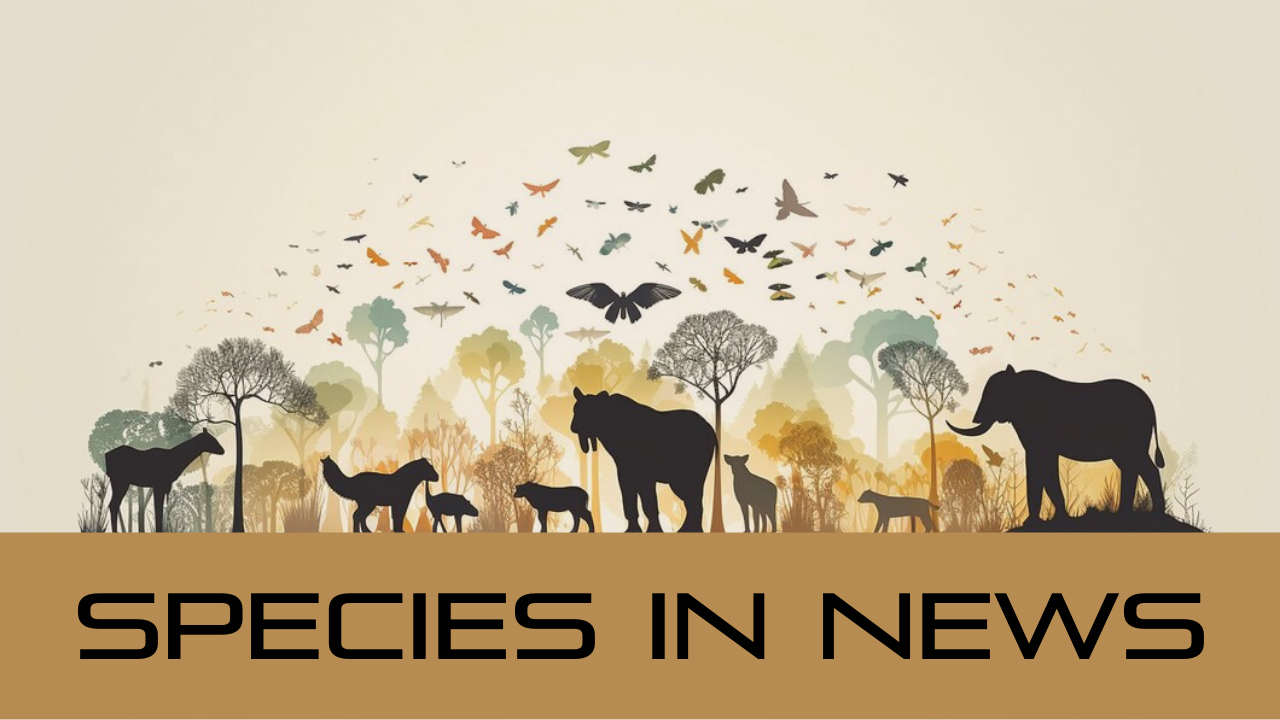Font size:
Print
Species in News: Salvinia Molesta
Context:
Salvinia molesta has a notorious reputation for choking water bodies and has spread globally throughout the aquarium and horticulture industries.
More on News:
- Since its first sighting in India in Veli Lake, Thiruvananthapuram in 1955, and subsequent classification as a pest by 1964.
- It has wreaked havoc across numerous countries, including Australia, Africa, Southeast Asia, and the Pacific Islands.
- In 2018, scientists discovered the possibility of an exotic insect called Cyrtobagus Salvinia for weed control.

About Salvinia Molesta:
- Commonly known as “Chinese Jhalaar”.
- Family: Salviniaceae — Floating Fern Family.
- Native: Brazil and Argentina
- It has spread globally, affecting various countries including India, Sri Lanka, Australia, and others.
- It has a strong ability to choke water bodies like rivers, canals, and lagoons.
- Status: It is a highly invasive aquatic plant, globally problematic.
- The plant has brown, root-like structures which are modified leaves, and spore-bearing organs (sporocarps).
- Leaves: Oblong, hairy, and water-repellent.
- These mats also obstruct boating, fishing, and swimming, and can clog water intakes used for irrigation and electricity generation.
- Habitat: Prefers disturbed water bodies like rice paddies, canals, and lakes.
- It spreads aggressively through vegetative fragments, shading out native plants, reducing oxygen levels, and degrading water quality.
- Environmental Impact: The weed made water drawing impossible, caused the death of fish, and led to the rotting of lotus plants.
Cyrtobagous Salviniae

- Common Name: Giant salvinia weevil
- Species: Cyrtobagous salviniae (Calder & Sands)
- Native Region: Southern Brazil.
- It is used globally as a biological control agent to manage invasive Salvinia species.
- Examples: Successfully eliminated Salvinia molesta infestation in Lake Moondarra, Australia, within 15 months.
- They feed on giant salvinia, but larval feeding is primarily responsible for significant population reduction of the invasive plant.
- It suppresses Salvinia molesta growth, causing plant decay and sinking. Its introduction has led to successful control efforts in various countries.
- Introduction to India: It was introduced from Australia in 1982 with initial trials in Bangalore and Kerala, and further successful applications in Central India and Maharashtra.
- It has proved to be a cost-effective and successful method for controlling invasive weeds.



